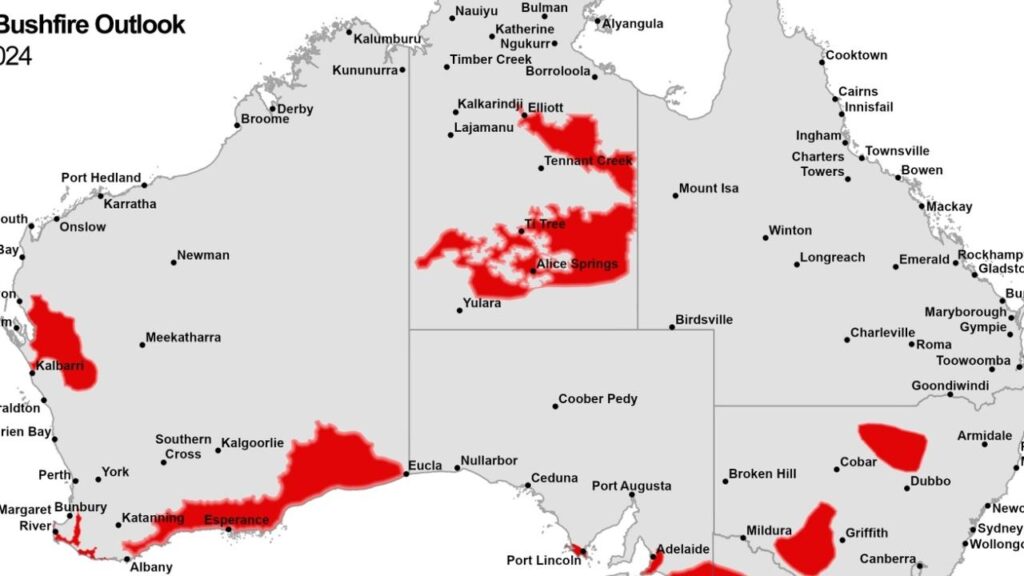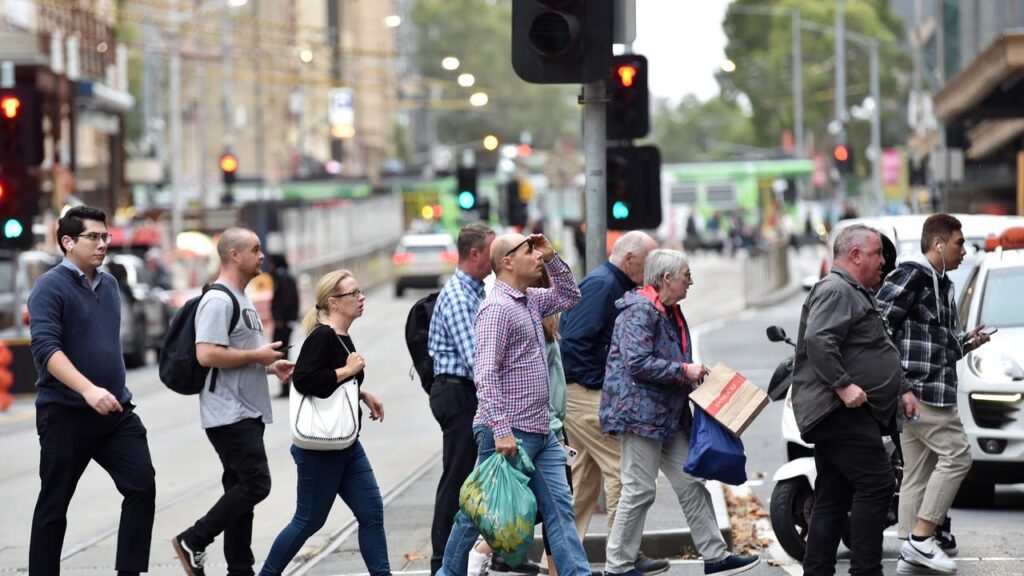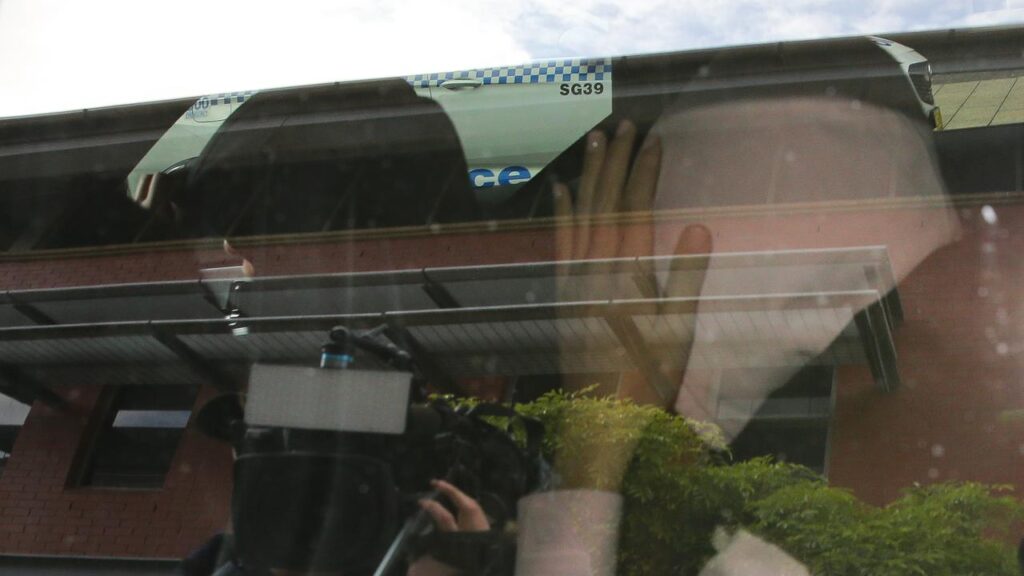Almost 500K more Aussies would own their own home if not for the failures of seven PMs
Written by admin on October 2, 2024
Hundreds of thousands of Australians would own their own home today if not for the failures of seven former prime ministers over the past 25 years, a leading expert has argued.
The startling analysis comes amid renewed debate about the fairness of negative gearing and capital gains tax breaks on offer to property investors.
Treasurer Jim Chalmers last week admitted he had sought advice from bureaucrats on the impacts of winding back the generous perks, as the country battles a crippling housing crisis.
A swift backlash from the property sector and investors saw the government scramble to make clear it isn’t planning to make any changes, showing how toxic the idea of reform remains.
In a nutshell, negative gearing allows property investors to take the loss incurred by a real estate asset and offset it against their salaries to pay less tax. The capital gains tax payable on any profits made when they sell their investments is discounted by 50 per cent.
Supporters say dumping those generous perks would see investors flee the market, reducing the supply of rental properties and pushing up prices.
They also insist it’s only fair to allow investors to be compensated for the losses they cop while pursuing a business endeavour.
But Peter Martin, a visiting fellow at the Crawford School of Public Policy at Australian National University and economics editor at The Conversation, described both arguments as “fiction”.
Prioritising investors hurts homeowners
Back in 1999, about 70 per cent of Australians owned the home they lived in, and most of those who rented could expect the same as they moved through life, Mr Martin wrote in new analysis for The Conversation.
Generous reforms to capital gains tax, on top of the existing negative gearing perks, made owning investment properties incredibly attractive, which saw home ownership rates slide, he argued.
“In the 25 years since, home ownership has fallen to 66 per cent. It has fallen on the watch of John Howard, Kevin Rudd, Julia Gillard, Tony Abbott, Malcolm Turnbull, Scott Morrison and now Anthony Albanese.
“It has happened because more homes are owned by landlords. The maths are unarguable. The bigger the share that is owned by landlords, the smaller the share that is owned by occupiers.”
If homeownership had remained at the 70 per cent mark, an extra 430,000 homes would be inhabited by owner-occupiers, Mr Martin estimated.
Or, put simply, the actions – or inaction – of seven prime ministers have prevented almost half a million households from achieving the Great Australian Dream.
Kos Samaras, director of strategy and analytics at polling firm RedBridge, said Labor would be taking on a major risk if it decided to touch negative gearing.
“Around one in five Australians will be impacted by any potential changes to negative gearing,” Mr Samaras said.
“Even if the Federal Labor Government were to grandfather existing investors, any change would arm the Coalition with a significant negative campaign. Labor’s problem here is they promised not to lay a glove on this policy before the last election.
“Even the current discussion will be, in some way or another, impacting support for Labor amongst these Australians.”
Mammoth cost but little benefit, experts argue
Think tank The Grattan Institute agrees and has long advocated for change, arguing that tax concessions for investors leads to market volatility and reduces homeownership.
Those tax breaks also cost a fortune.
One-in-six taxpayers are landlords and some 40 per cent of them are negatively geared.
It’s a costly endeavour for the government, with Mr Martin pointing out that axing negative gearing would save $7.7 billion a year.
Ending the generous 50 per cent discount on capital gains tax offered to property investors would put an extra $5.9 billion back into the public purse, he added.
“The total, $13.6 billion, would be enough to fund substantial extra tax cuts for all of us – about half as big as the Stage 3 tax cuts that began in July,” Mr Martin said.
“But that’s not the only argument for winding back access to negative gearing – and perhaps not even the strongest.”
The damning report that isn’t so damning
In a bid to show Labor isn’t on a path to major reform, Mr Albanese last week referenced a report by Deloitte in 2019, commissioned by the Property Council of Australia, which he said showed ditching negative gearing would “reduce [housing supply]”.
But The Australia Institute’s chief economist Greg Jericho said that conclusion is not quote correct.
“The first thing to note is it was published in July 2019 and concerns the policies the then Bill Shorten-led ALP took to the 2019 election, and mostly forecasts out 11 years to 2030,” Mr Jericho wrote in analysis published on the think tank’s website last week.
“It does not take too much thought to realise that estimates made before the pandemic in 2019 about what might occur in 2030 may have some methodological concerns. But even those worries aside, the report is in no way damning of the proposed changes.”
The report estimated that the construction of new housing would be 4.1 per cent lower by 2030 if negative gearing was wound back and capital gains tax discounts overhauled.
But Mr Jericho said that’s “barely even a rounding error”.
“Because all new housing builds only account for about two per cent of the total amount of housing stock, the report estimates that the changes to negative gearing and capital gains tax would only see the total level of housing stock reduced by just 0.4 per cent compared to what otherwise would have been anticipated by 2030.”
So, overall housing stock would still increase, but it would be a very modest amount lower than would otherwise have been the case.
And that estimate was made pre-Covid and well before Mr Albanese announced a series of major housing supply policies.
“A 0.4 per cent drop in the level of housing stock in 2030 would be around 47,000 fewer homes,” Mr Jericho said.
To put that number into perspective, the government has an ambitious goal of building one million new homes over the coming five years, he added.
In addition, the Deloitte report over-estimated the number of investors who purchase new homes by five per cent.
And the report concludes that housing affordability would improve, with home prices falling by about 4.3 per cent, while home ownership rates would tick upwards by 2.2 per cent, equating to about 300,000 households.
Despite claims from real estate lobby groups that reforms would see rental prices surge as investors fled the market, the Deloitte report reveals that “the impact on rents is projected to be relatively modest”.
“By 2030, it estimated average rents would be just 0.5 per cent higher than they otherwise would be expected to be,” Mr Jericho said.
“To get some understanding of how minute this amount would be, in the five years since this report was published average rents have risen 21 per cent.”
More Coverage
And while the share of properties bought by investors would fall, the Deloitte analysis concluded that many of those homes would be bought by new owner-occupiers.
“To recap, the very same report cited by the Prime Minister and the Property Council of Australia on why there should be no changes to negative gearing actually found [that] housing affordability will improve, home ownership … would rise, the total stock of housing … would be just 0.4 per cent lower, [and] rents would barely change.
“If you are looking for a report to argue that the government should remove negative gearing and halve the capital gains tax discount, you could hardly do better than the report cited by the Property Council of Australia.”








